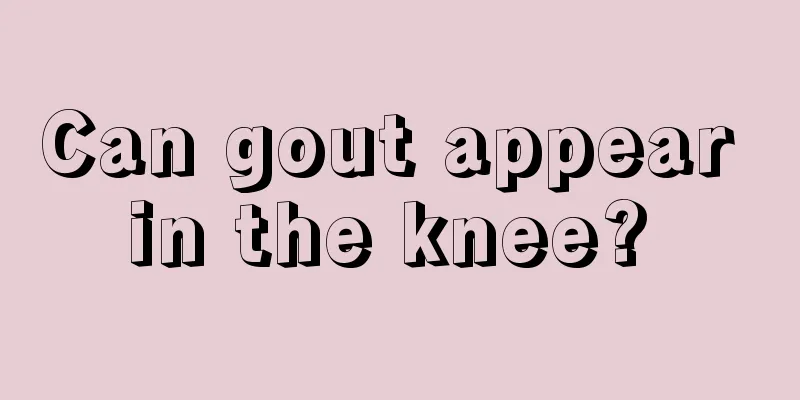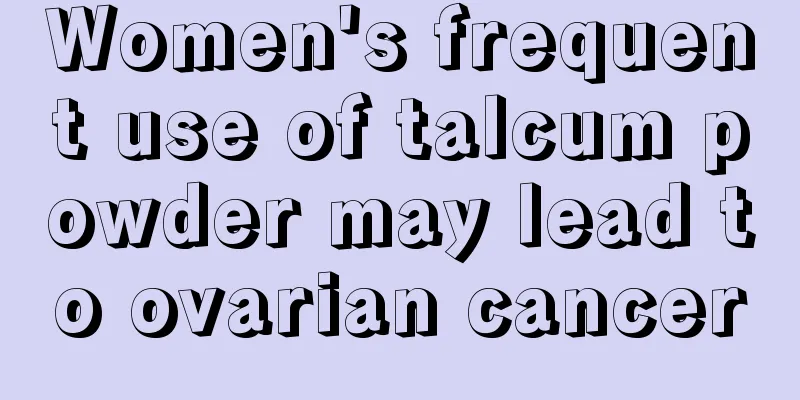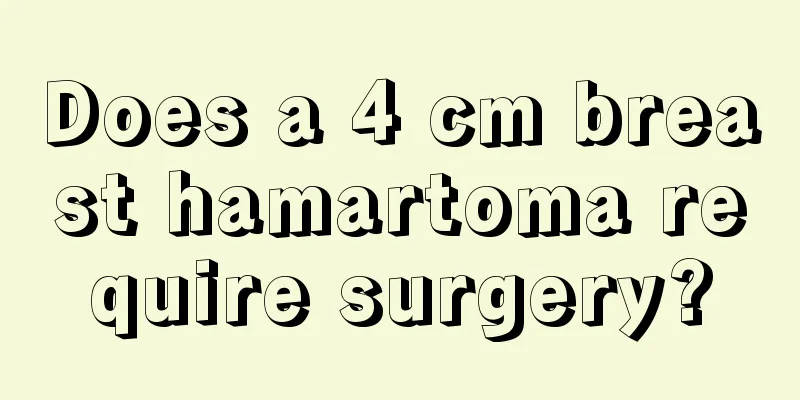What is the disease of bilateral inferior turbinate hypertrophy and is it serious?

|
If chronic nasal inflammation is not treated well, it can easily lead to hypertrophy of the inferior turbinate. Once bilateral inferior turbinate hypertrophy occurs, it will have a serious impact on the patient's life and body. However, because this disease is not common, many patients do not know what bilateral inferior turbinate hypertrophy is and whether its harm is serious when they learn that they have it. In response to this phenomenon, this article will give a detailed introduction to bilateral inferior turbinate hypertrophy. Clinical manifestations of bilateral inferior turbinate hypertrophy 1. Severe nasal congestion, often persistent, with frequent mouth breathing and decreased sense of smell. (ii) The nasal discharge is thick and often mucous or mucopurulent. (3) When the enlarged middle turbinate compresses the nasal septum, it can cause compression or inflammation of the anterior ethmoid nerve, which is derived from the ophthalmic branch of the trigeminal nerve. This can cause irregular attacks of frontal pain that radiates to the bridge of the nose and eye sockets. This is called anterior ethmoid neuralgia, also known as anterior ethmoid nerve syndrome. The dangers of bilateral inferior turbinate hypertrophy 1. If nasal concha hypertrophy is not treated in time, symptoms such as headache, dizziness, memory loss, chest pain, chest tightness, and mental depression may occur. 2. It will cause nasal obstruction. When the enlargement of the inferior turbinate affects the physiological function of the nasal cavity, breathing disorders will occur, causing a decrease in blood oxygen concentration, and affecting the function and metabolism of other tissues and organs. 3. It can cause nasal ventilation obstruction, resulting in symptoms such as nasal congestion, headache, dizziness, and in severe cases, complications such as sinusitis may occur. 4. When the enlarged middle turbinate compresses the nasal septum, it can cause compression or inflammation of the anterior ethmoid nerve derived from the ophthalmic branch of the trigeminal nerve, resulting in irregular attacks of frontal pain that radiates to the bridge of the nose and eye sockets. 5. When nasal concha hypertrophy is not treated in time and affects the olfactory mucosa, olfactory disorders will occur, resulting in the inability to smell fragrance or odors. This article introduces the symptoms and hazards of the disease, allowing you to understand in detail whether bilateral inferior turbinate hypertrophy is serious. In addition, for the treatment of this disease, in addition to the common clinical drug treatment methods, a relatively effective method is surgical treatment. However, some discomfort symptoms may occur after surgical treatment, so it is recommended that patients adopt conservative treatment plans. |
<<: What should I pay attention to after varicose vein surgery
>>: Advantages of minimally invasive surgery for varicose veins and postoperative care methods
Recommend
Successful experience in preparing for pregnancy at the age of 45
If a woman becomes pregnant after the age of 35, ...
What is the difference between anemia and ischemia
In fact, there is a high probability that anemia ...
Fear of cold between lumbar vertebrae
If the lumbar spine is afraid of cold, it is rela...
Why does rice soaked in soup hurt the stomach? What is the difference between it and porridge
When eating, many people like to eat rice with so...
How to remove the mask_How to remove the mask
Applying facial mask is a must for every woman. S...
Is the feeling of esophageal obstruction a sign of esophageal cancer?
Esophageal cancer is a common digestive tract mal...
How can we prevent colon cancer
Colon cancer is a common digestive tract malignan...
How to relieve insomnia caused by altitude sickness
Altitude sickness is a very normal thing. On the ...
What are the examination items for lung cancer? A complete list of examination items for diagnosing lung cancer
Lungs are the body's ventilator. Lung cancer ...
Multivitamin tablets
Our body needs a lot of substances to help it fun...
Can patients with liver cancer have children? Summary of common causes of liver cancer
Can patients with liver cancer have children? As ...
What is ablation surgery?
In daily life, there are many types of diseases, ...
I sweat a lot in the summer
Summer is a season when the body is prone to vari...
Exercise therapy for pre-stage lymphoma
Cancer treatment is a long process. In order to t...
How long does chemotherapy and radiotherapy last before rectal cancer surgery?
The short-term effect of radiotherapy and chemoth...









